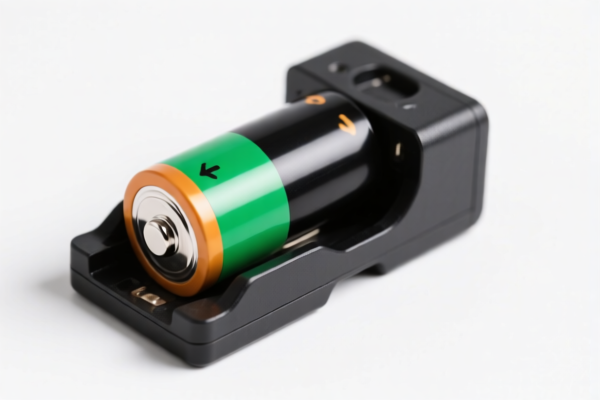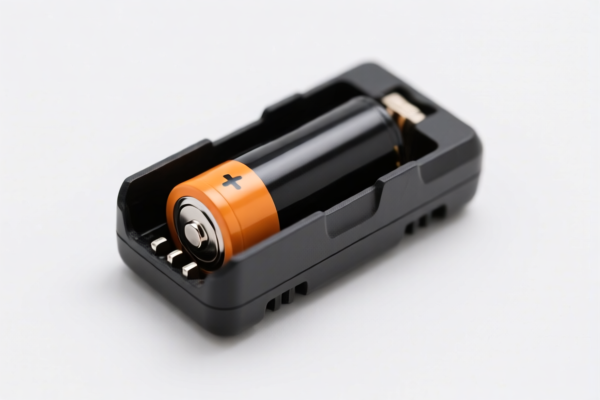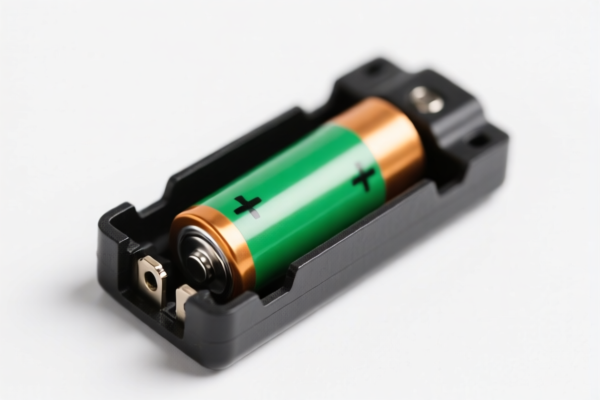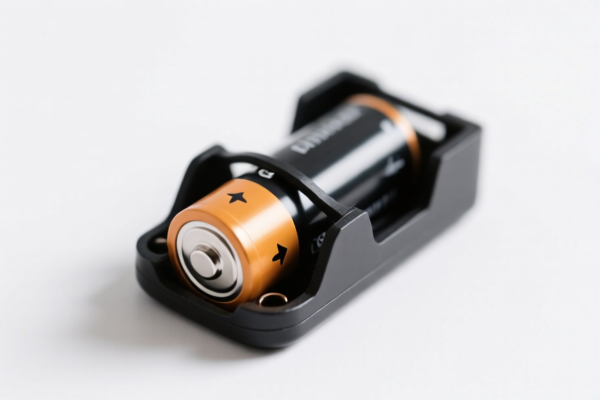| HS Code | Official Doc | Tariff Rate | Origin | Destination | Effective Date |
|---|---|---|---|---|---|
| 8507904000 | Doc | 58.5% | CN | US | 2025-05-12 |
| 8507908000 | Doc | 58.4% | CN | US | 2025-05-12 |
| 8548000000 | Doc | 55.0% | CN | US | 2025-05-12 |
| 3926301000 | Doc | 44.0% | CN | US | 2025-05-12 |
| 3926909989 | Doc | 42.8% | CN | US | 2025-05-12 |
| 3901905501 | Doc | 61.5% | CN | US | 2025-05-12 |
| 3901909000 | Doc | 61.5% | CN | US | 2025-05-12 |




Battery Handle
A battery handle is a component designed to securely hold and facilitate the use of batteries, typically in portable devices or tools. Its primary function is to provide a convenient and safe way to power these devices.
Material
Battery handles are commonly constructed from:
- Plastic: Most prevalent due to its lightweight nature, affordability, and insulating properties. Common plastics include ABS, Polypropylene, and Polycarbonate.
- Metal: Often used for higher-durability applications or to provide heat dissipation. Aluminum and steel are typical choices.
- Combination: Many handles incorporate both plastic (for insulation and ergonomics) and metal (for structural support or contacts).
Purpose
The core purpose of a battery handle is to:
- Secure Battery Retention: Prevent accidental dislodging of the battery during use.
- Electrical Connection: Establish a reliable electrical pathway between the battery and the device.
- Ergonomic Grip: Provide a comfortable and secure hold for the user.
- Protection: Shield the battery from physical damage and environmental factors.
Function
The function of a battery handle involves several key aspects:
- Mechanical Support: The handle physically supports the battery, preventing movement and ensuring stable contact.
- Electrical Conductivity: Internal contacts within the handle make the necessary connections to the battery terminals, transferring power to the device. These contacts are often spring-loaded to ensure consistent connection.
- Polarity Protection: Many handles include features to prevent incorrect battery insertion, which could damage the device.
- Locking Mechanisms: A release button or latch typically secures the battery within the handle, preventing accidental removal.
- Indicator Lights (Optional): Some handles incorporate LED indicators to display battery charge level or status.
Usage Scenarios
Battery handles are utilized in a wide range of applications, including:
- Power Tools: Drills, saws, grinders, and other cordless tools.
- Flashlights: Providing portable illumination.
- Cameras: Powering digital cameras and video recorders.
- Remote Controls: Enabling wireless operation of devices.
- Walkie-Talkies: Supplying power to portable communication devices.
- Portable Electronics: Various handheld devices requiring battery power.
- Electric Scooters/Bikes: Holding and powering the battery pack.
Common Types
- Slide-On Handles: The battery slides into the handle from the top or side. Common in power tools and cameras.
- Snap-On Handles: The battery snaps into place, often with a locking mechanism. Frequently found in remote controls and some flashlights.
- Screw-On Handles: The battery is secured with screws. Used in applications requiring high security and vibration resistance.
- Integrated Handles: The handle is permanently attached to the battery pack, forming a single unit. Common in electric scooters and bikes.
- Battery Grips: Specifically designed to improve the ergonomics of cameras, often holding multiple batteries for extended runtime.
- Multi-Battery Handles: Designed to accommodate multiple batteries in series or parallel to provide higher voltage or capacity.
Based on the provided information, “battery handle” can be interpreted as a component used in conjunction with batteries, potentially made of plastic or other materials. Here are the relevant HS codes:
-
3926301000: Other articles of plastics and articles of other materials of headings 3901 to 3914: Fittings for furniture, coachwork or the like: Handles and knobs. This code specifically covers handles and knobs, which could apply to a battery handle if it’s made of plastic or other materials within the specified headings (3901-3914).
- 39: Chapter 39 covers plastics and articles thereof.
- 26: Heading 3926 covers other articles of plastics.
- 30: Subheading 392630 covers fittings for furniture, coachwork, or the like.
- 10: Further specifies handles and knobs.
-
8507904000: Electric storage batteries, including separators therefor, whether or not rectangular (including square); parts thereof: Parts: Of lead-acid storage batteries. If the handle is a specific part of a lead-acid battery, this code may be applicable.
- 85: Chapter 85 covers electrical machinery and equipment.
- 07: Heading 8507 covers electric storage batteries.
- 90: Subheading 850790 covers parts of electric storage batteries.
- 40: Further specifies parts of lead-acid storage batteries.
-
8507908000: Electric storage batteries, including separators therefor, whether or not rectangular (including square); parts thereof: Parts: Other. If the handle is a part of a battery but not specifically a lead-acid battery part, this code may be applicable.
- 85: Chapter 85 covers electrical machinery and equipment.
- 07: Heading 8507 covers electric storage batteries.
- 90: Subheading 850790 covers parts of electric storage batteries.
- 80: Further specifies other parts of electric storage batteries.
-
3926909989: Other articles of plastics and articles of other materials of headings 3901 to 3914: Other: Other. This is a broader category for other plastic articles and could apply if the handle doesn't fall under the more specific 3926301000 code.
- 39: Chapter 39 covers plastics and articles thereof.
- 26: Heading 3926 covers other articles of plastics.
- 90: Subheading 392690 covers other articles.
- 99: Further specifies other.
- 89: Further specifies other.
Regarding HS code 3926301000 and 3926909989, the total tax rate is 44.0% and 42.8% respectively, including a basic tariff of 6.5% and an additional tariff of 7.5%, which will increase to 30% after April 2, 2025.
Customer Reviews
No reviews yet.